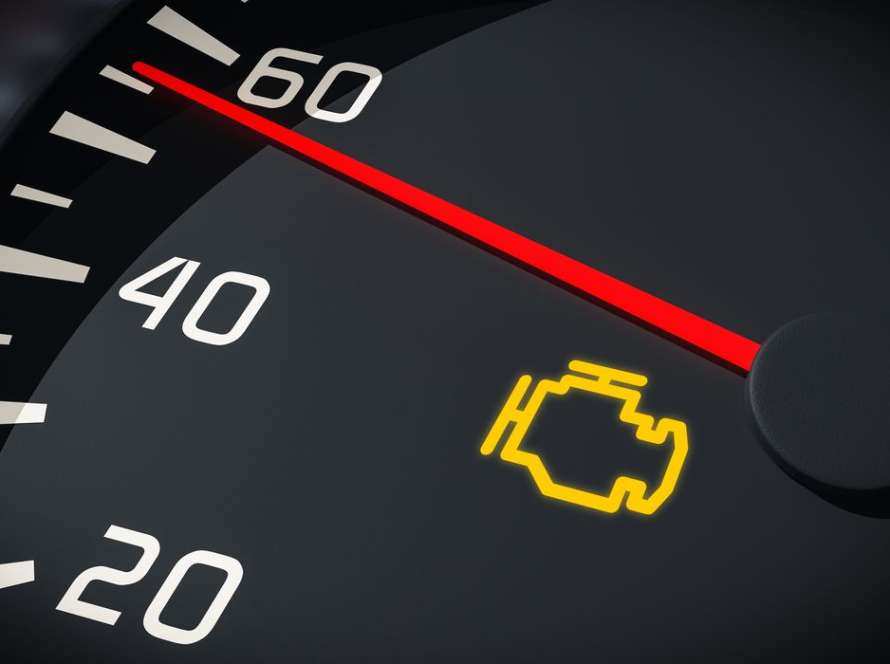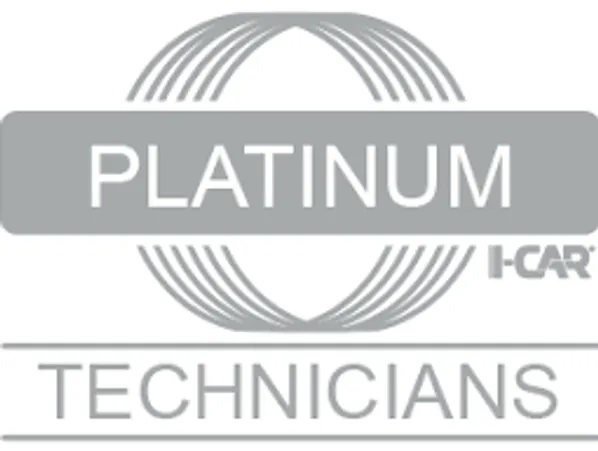If your vehicle has recently been repaired—or is currently in the shop—it’s important to understand a key part of today’s collision repair process: ADAS recalibration.
What is ADAS?
ADAS stands for Advanced Driver Assistance Systems. These include a range of safety features designed to help prevent accidents, protect passengers, and support drivers in real-time decision-making. Common systems include:
Forward Collision Warning (FCW)
Automatic Emergency Braking (AEB)
Lane Departure Warning / Lane Keep Assist
Blind Spot Monitoring
Adaptive Cruise Control
Parking Assist / 360° Cameras
These features rely on radars, cameras, ultrasonic sensors, and LIDAR, all of which are precisely mounted on your vehicle. Even minor collisions or repairs to bumpers, windshields, or alignment systems can knock these sensors out of position.
Why Recalibration Is Critical
Modern ADAS features are designed to help your vehicle see, think, and react in situations where even the fastest driver response may not be enough. For example:
Forward Collision Warning and Automatic Emergency Braking are key collision-avoidance systems that rely on perfectly aligned front-facing radar and camera sensors to detect vehicles, pedestrians, or obstacles in your path.
If misaligned, these systems may not engage in time—or may fail to activate entirely—leading to increased stopping distance and a higher risk of crash.
Lane Keep Assist and Blind Spot Monitoring rely on side-mounted sensors that must read your vehicle’s position in relation to lane lines or surrounding traffic.
After a repair, if these sensors are even slightly off, they may guide your vehicle incorrectly or fail to warn you at critical moments.
Adaptive Cruise Control uses radar to maintain safe following distances. If the radar is miscalibrated, it may follow too closely or brake unnecessarily, creating unsafe driving conditions.
In short, ADAS recalibration isn’t just a technical step—it’s a safety requirement. Your vehicle’s ability to detect danger and take action depends on pinpoint accuracy of these systems. Skipping this step could leave your vehicle unable to properly avoid collisions.
Our Commitment to Safety
At our shop, we follow OEM procedures and use specialized calibration equipment to ensure every ADAS sensor is correctly positioned and fully functional. It’s not just about restoring your vehicle’s appearance—it’s about restoring its full safety capabilities.
If you’ve had a collision, even a minor one, proper ADAS recalibration could be the difference between avoiding an accident—or being in one.



